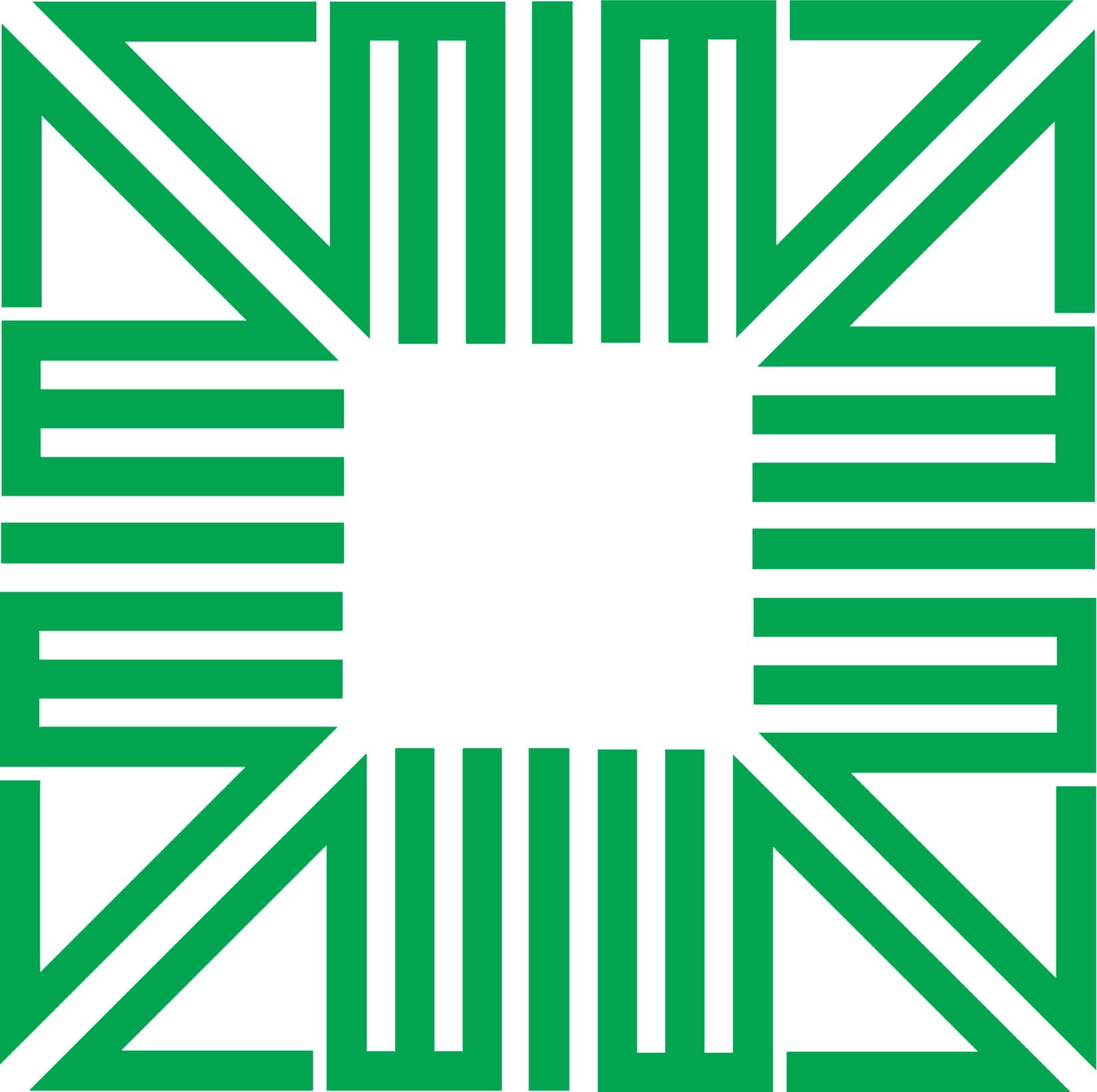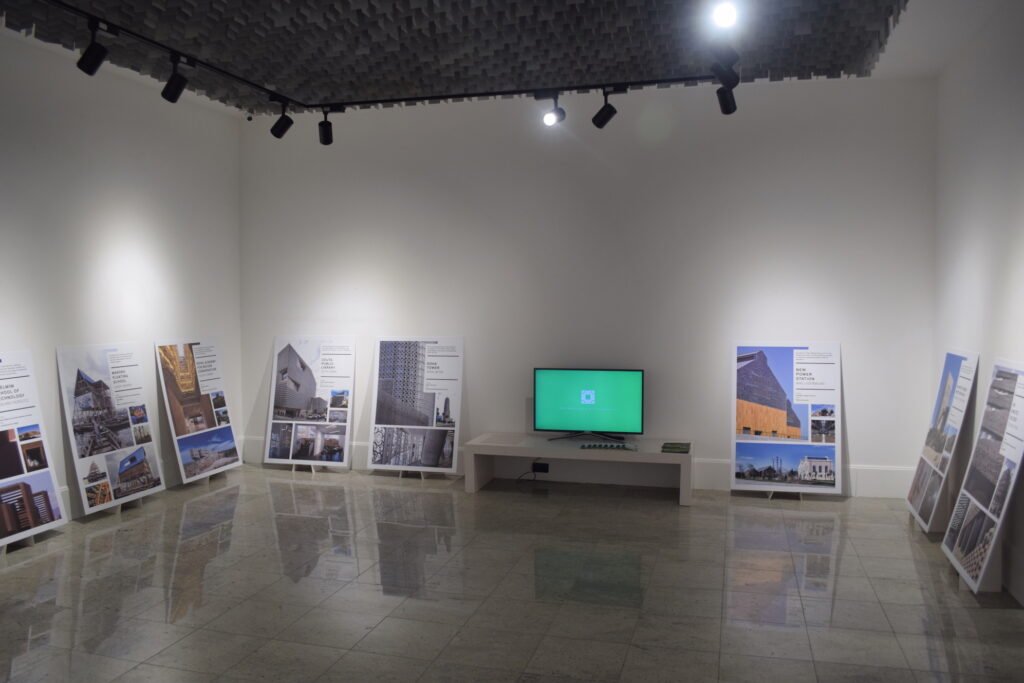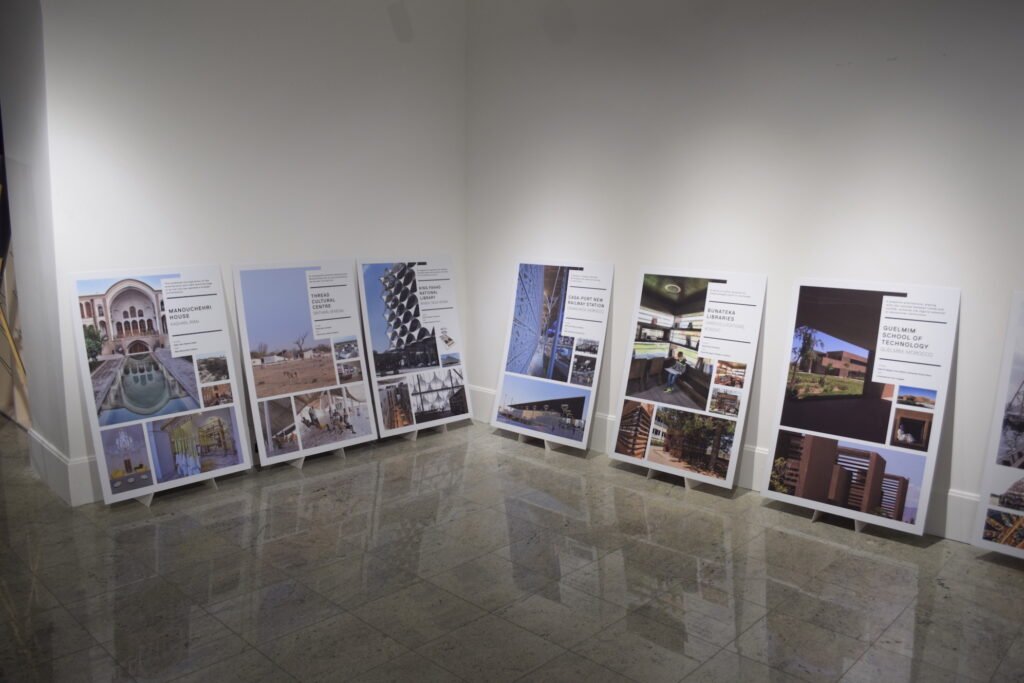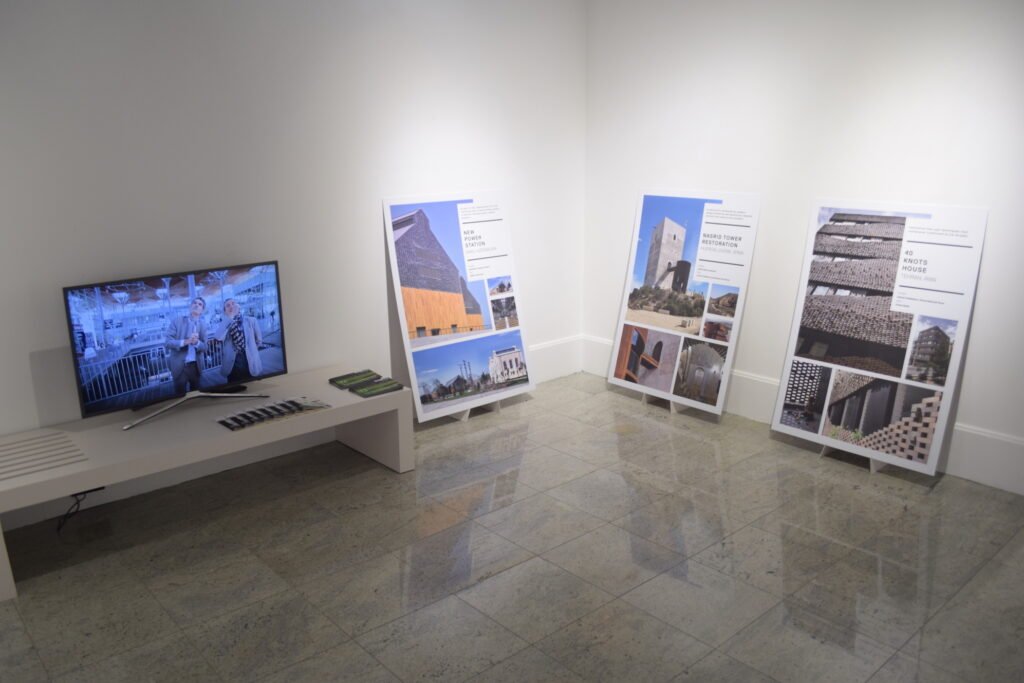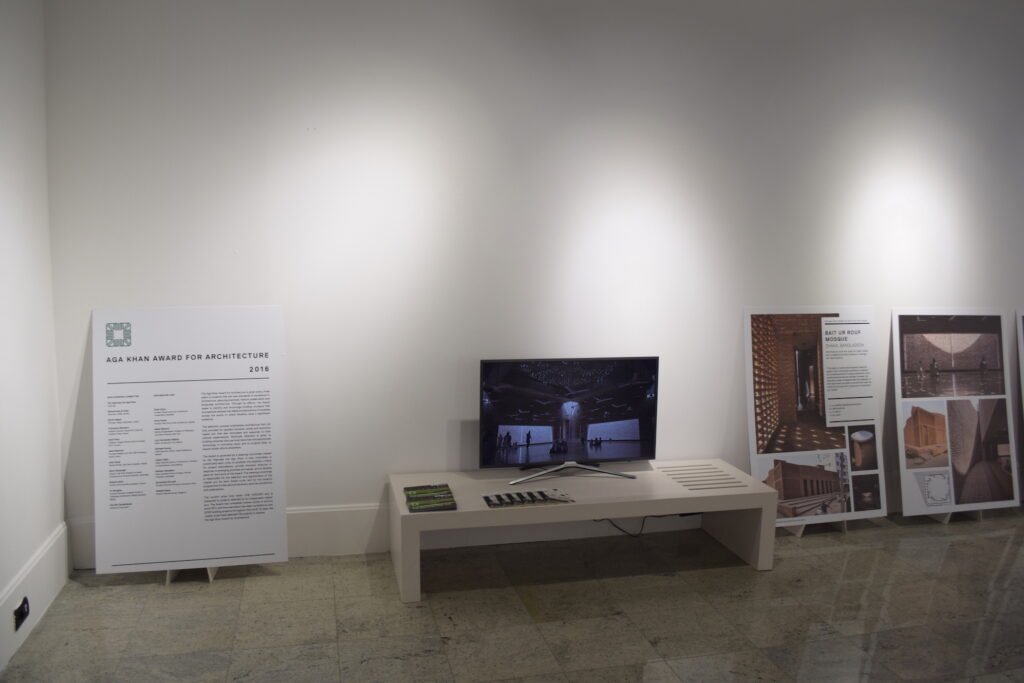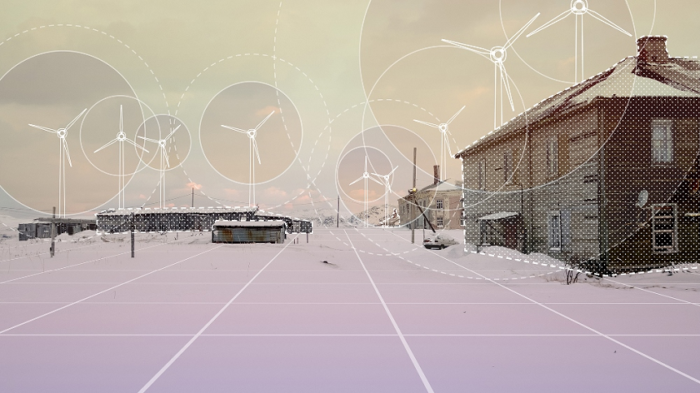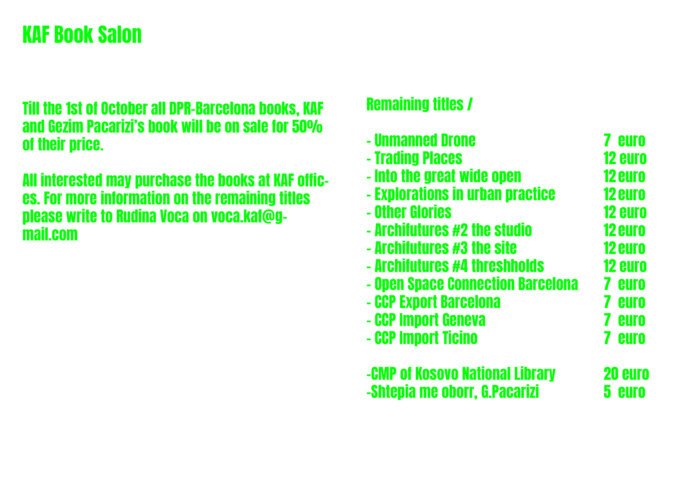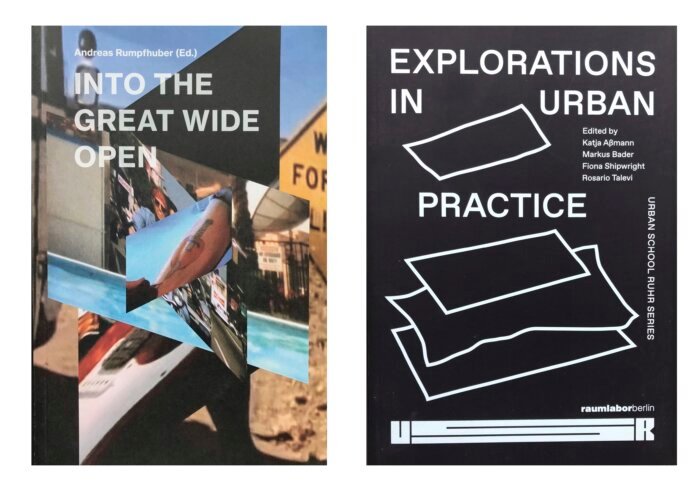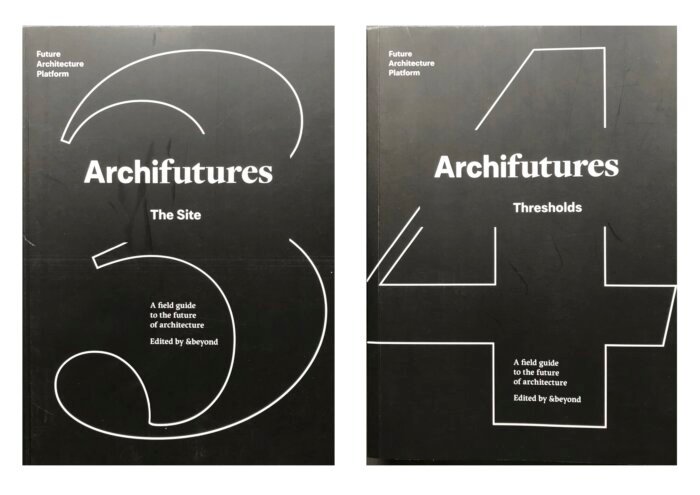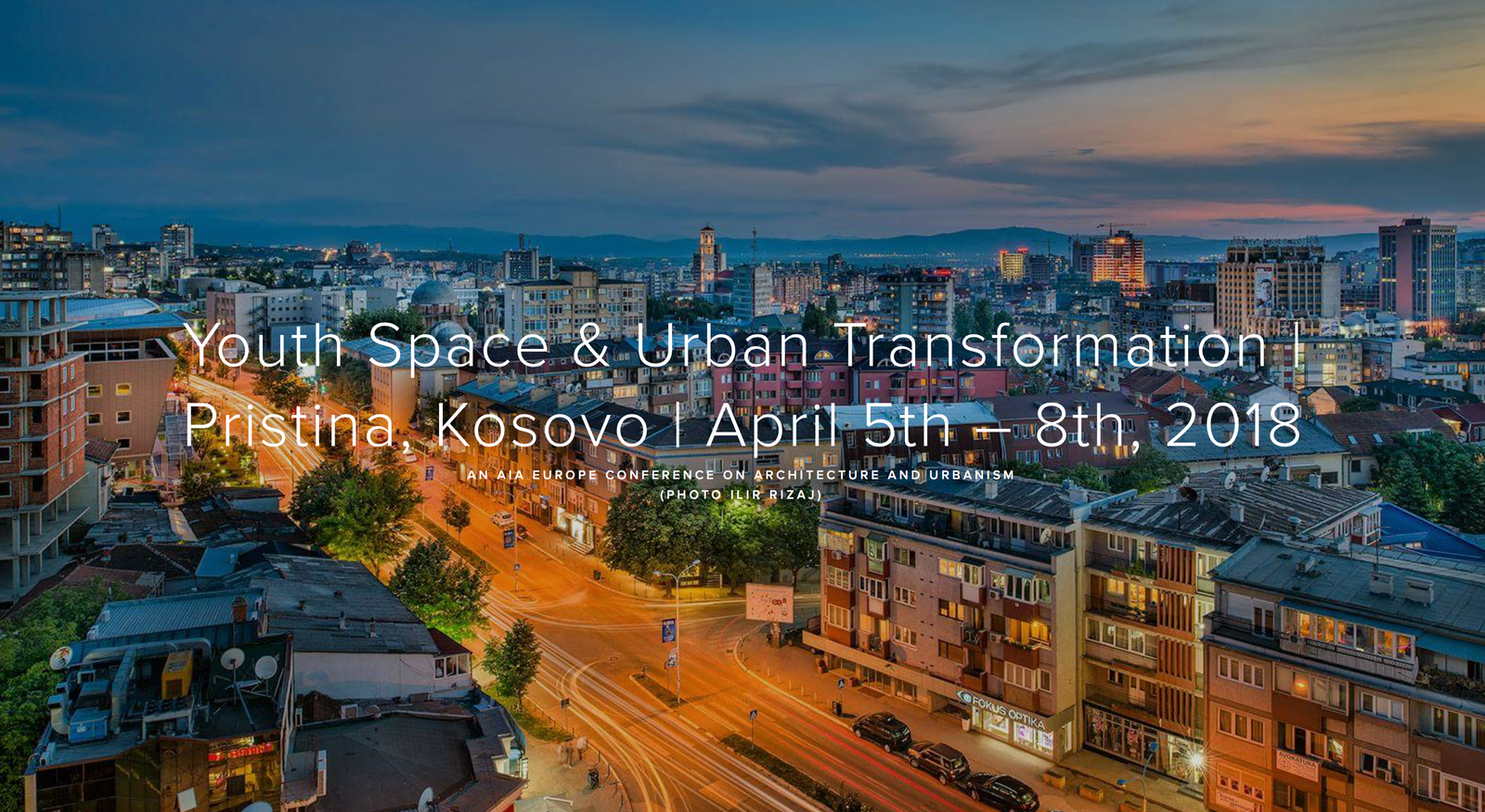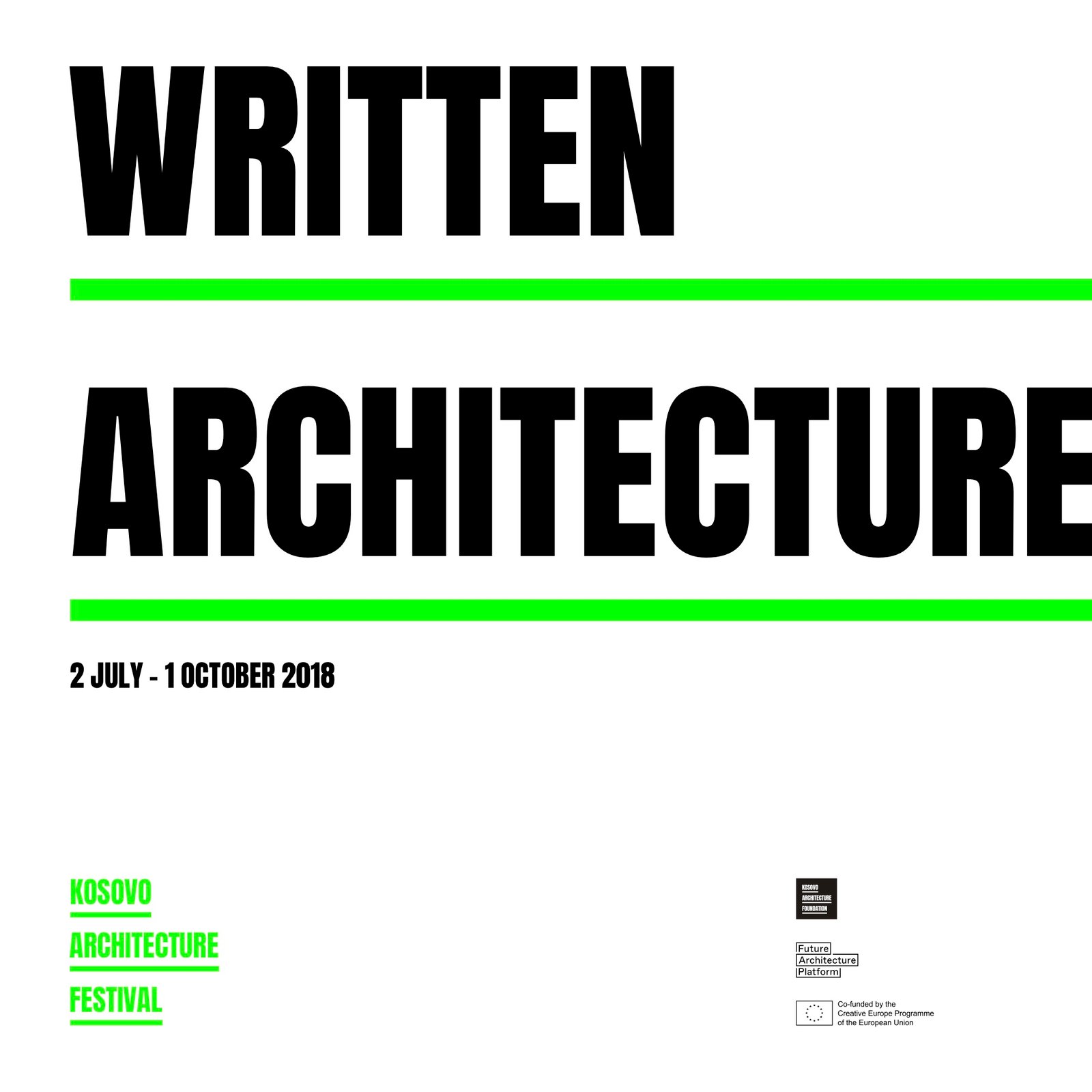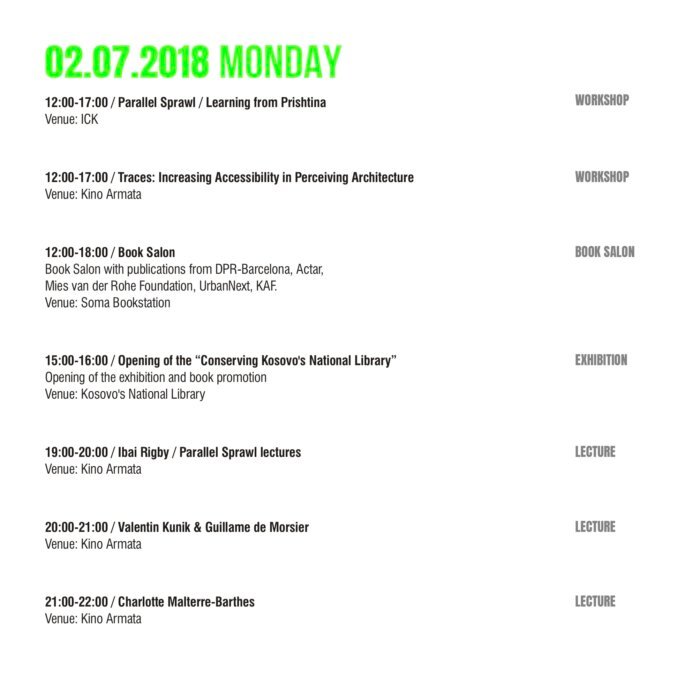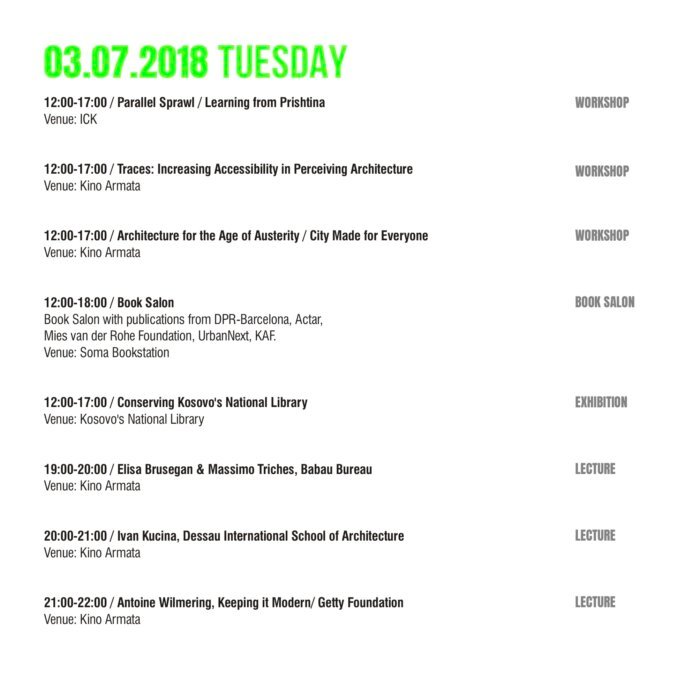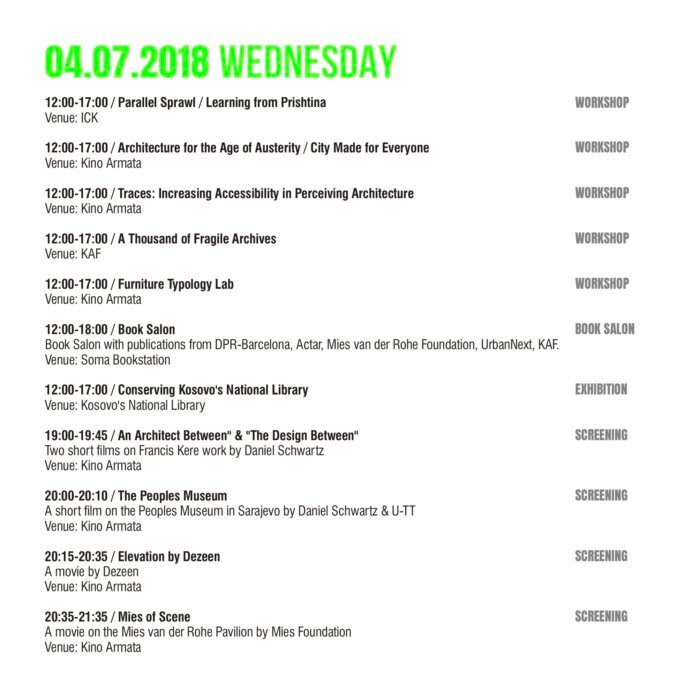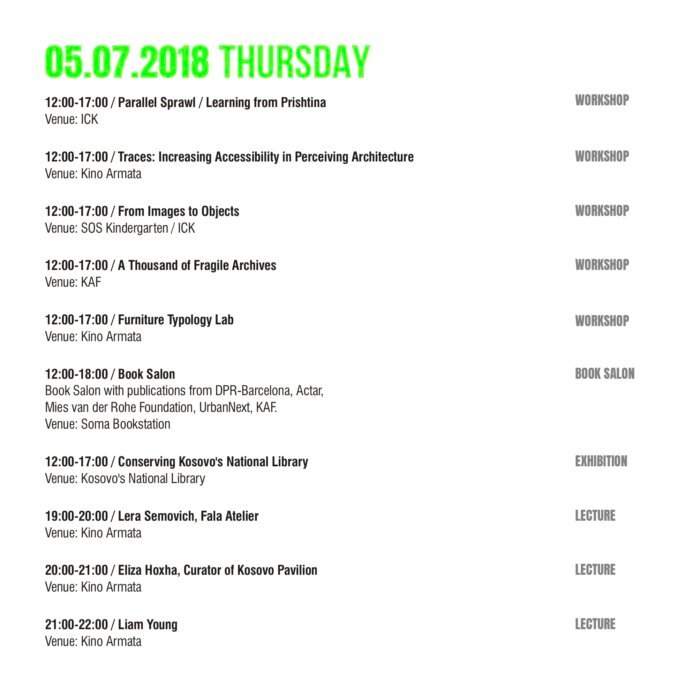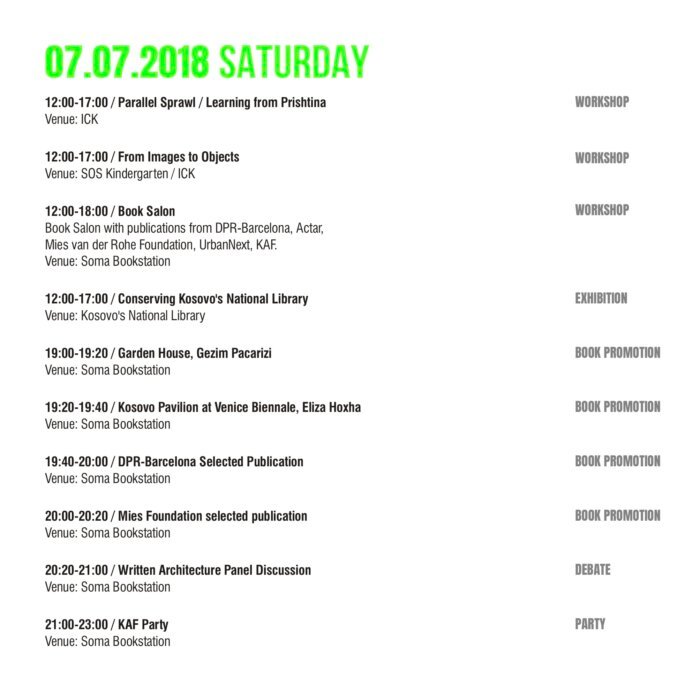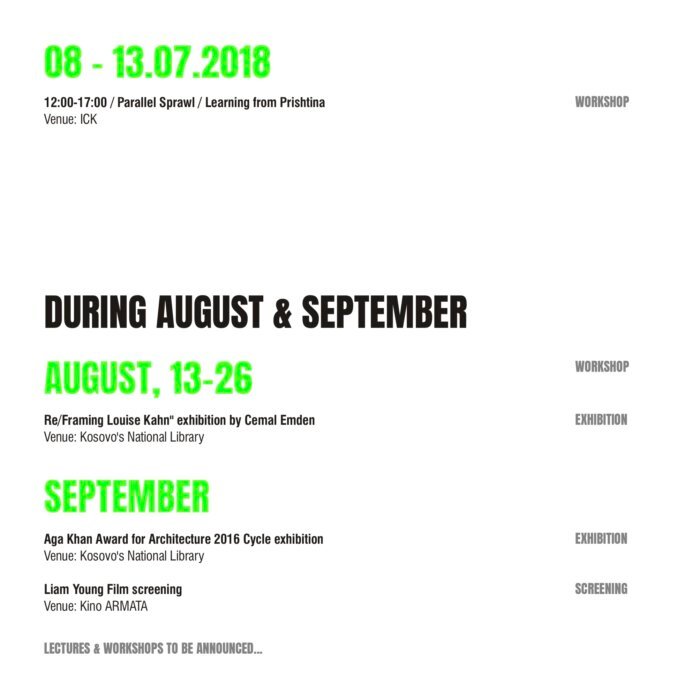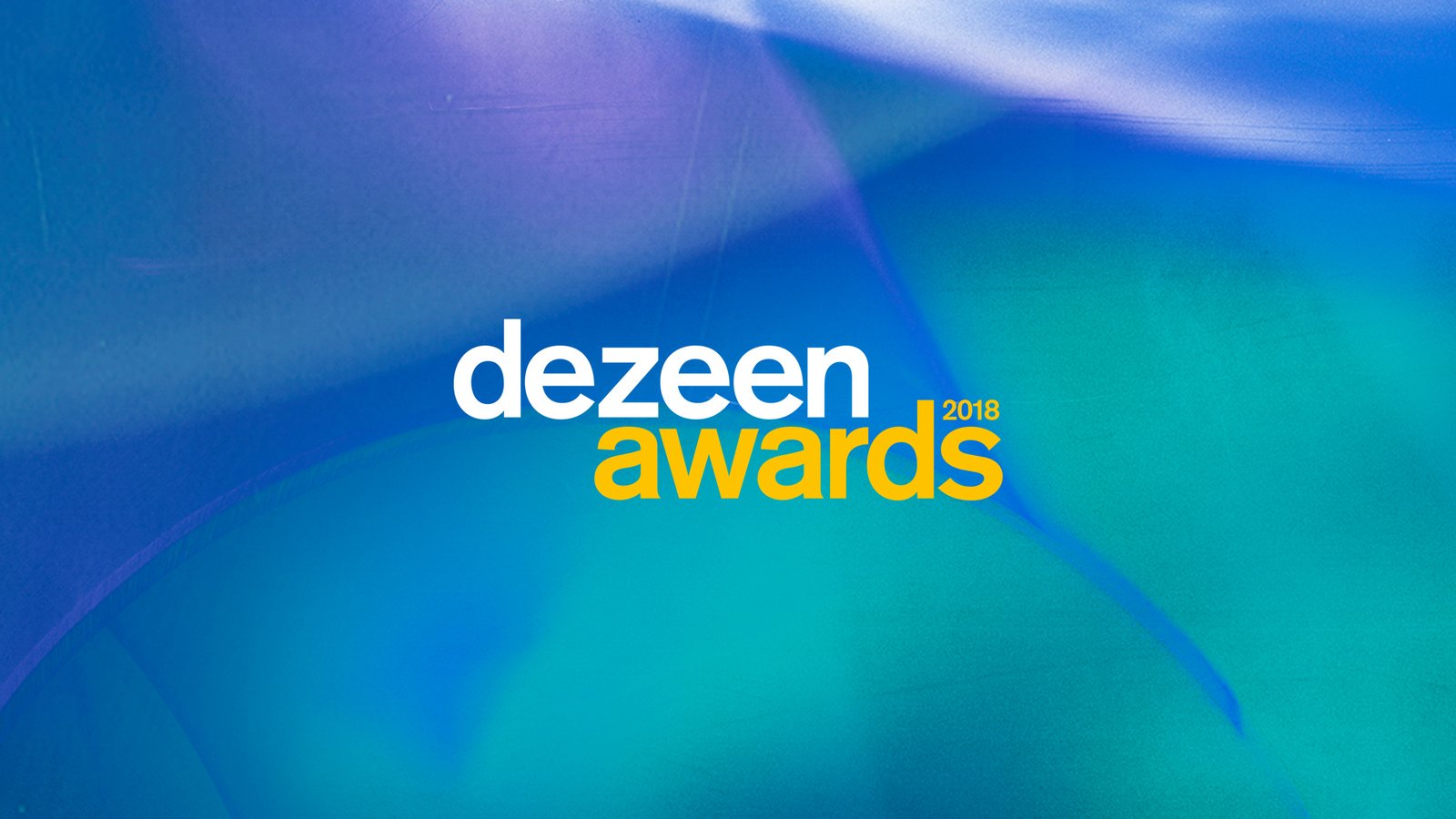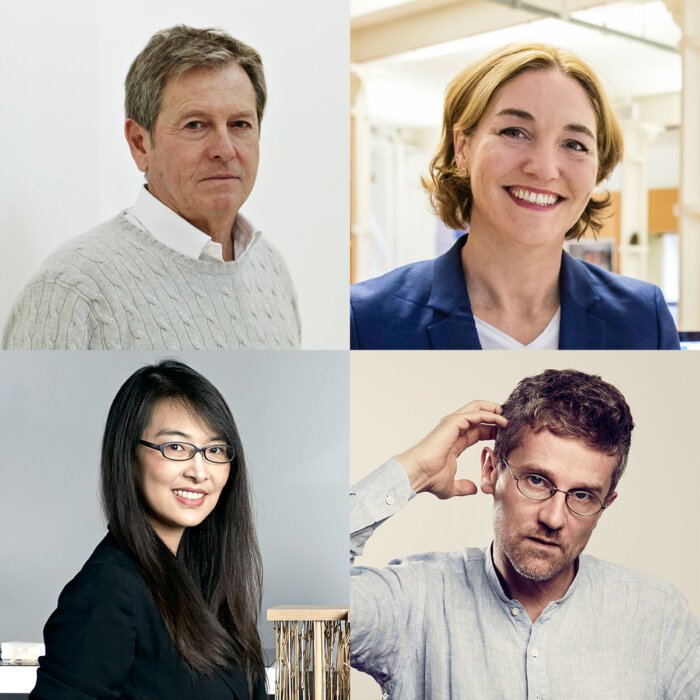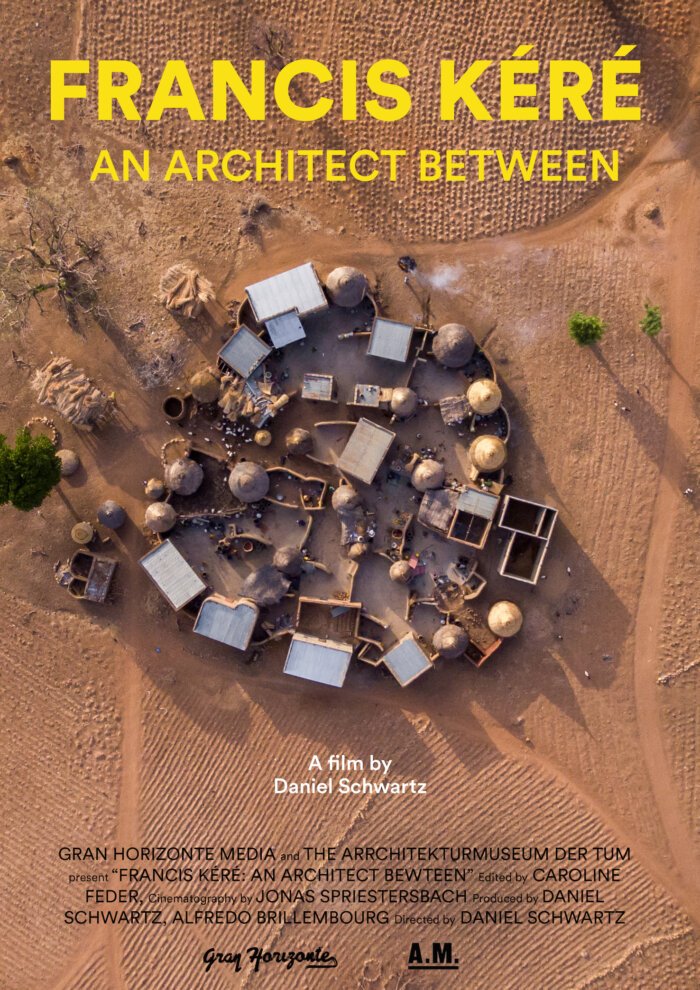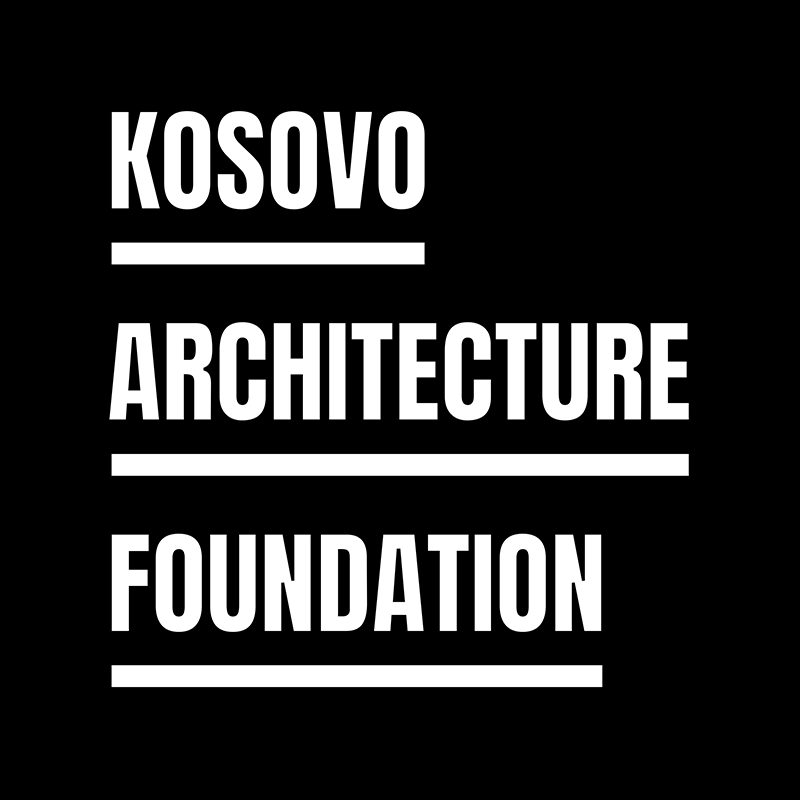

CALL FOR MEMBERS 2020
CALL FOR MEMBERS 2020
Deadline: 16 January 2019
With the Call for Members, the Future Architecture platform invites museums, galleries, festival organisers, academic institutions and other cultural operators with innovative approaches to architecture to participate in the 2020 European Architecture Programme.
Future Architecture is a well-balanced ecosystem of European cultural players in architecture who perform specific roles within a complex European architecture program. It connects multi-disciplinary emerging talents to high profile institutions like museums, galleries, publishing houses, biennials, and festivals. It provides talented conceptual thinkers and practitioners in architecture with opportunities to speak up – and be seen and heard.
We expect proposals for exceptional architectural happenings and events that will help form the core of the European Architecture Program, and which will include emerging talents selected by the platform to promote them and help them develop their practices.
Becoming part of the platform offers the opportunity to connect with the most outstanding organisations and practitioners in Europe. The selected applicant will be invited to become a full member of the Future Architecture platform and will receive a grant of 16,000 EUR to support their activities.
ELIGIBILITY
This Call for Members is open to organisations having the status of legal person. It is intended for cultural organisations and institutions that operate in the area of architecture.
When submitting their application, applicants must be in a position to demonstrate their status as a legal person for at least 2 years from the date of deadline for submission.
To qualify as a Future Architecture member, applicants must meet the following criteria:
- must be established as companies, associations or organisations active in the cultural and creative sector;
- their aim is to showcase and promote European creatives and artists and their work;
- must be key players in the field of architecture in their local environment and/or internationally;
- must act as one of the main sources of information or producers of content related to architecture in their resident country and/or internationally;
- have the skills to create outstanding and well-attended events;
- demonstrate an innovative approach in presenting urban issues, architecture and design;
- demonstrate a commitment to improving our understanding of cities, architecture, design and the built environment in the community;
- contribute to the pan-European communication of ideas, information and values;
- stimulate creativity and create alternatives to the established models of operation;
- have recent experience in working with emerging creatives.
EVALUATION CRITERIA
A grant will be awarded to proposals that follow the goals of the Future Architecture platform and will contribute to the overall outcomes of the platform.
The applicant should include a minimum of 5 emerging creatives from the Future Architecture Call for Ideas.
The applicant should guarantee a minimum of 20% of his own financial support in the overall budget of the activity.
The coordinating entity will assess the applications based on these evaluation criteria, specifically and in this order of importance:
- extent of the relevance and quality of the activity
- number of emerging creatives from the Future Architecture Call for Ideas
- coproduction with other members of the Future Architecture platform
- extent of collaboration with the Future Architecture platform in the past 2 years
- extent of clear insight to the quality of the communication plan and audience development
- extent of possible unexpected benefits
Geographic dispersion is an important criterion for Future Architecture to achieve its desired goals. Applicants from countries not yet included in the platform will be given priority. Nevertheless, the quality of the proposed activities forms the key basis for selecting a new member.
DEADLINE
16 January 2019
DECISION
The coordinating entity will decide on the recipient of the grant by 16 January 2019. Applicants will be informed of the decision on 23 January 2019. All applicants are kindly invited to the Creative Exchange 2019 in February, where we will announce the results and present the new member.
